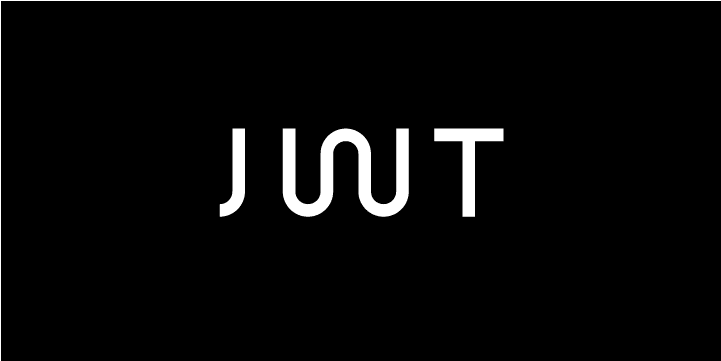Another Proud Son of JSON
Today everything is connected,
and thus,
everything is communicated.
Security has become a major issue
in the complex world of web applications and their communications.

Figure 1. JSON Web Token (JWT).
JSON Web Token
A JSON Web Token (JWT) is a URL safe way to represent a set of information
between two parties.
The information shared between the parties can be referred to as claims.
It is a safe way to transfer information
because it can be signed using a secret or using a public or private key.
The token is a base64 encoded string
which due to its short length is meant for space constrained environments.
There are two basic scenarios in which the use of a JWT is recommended.
-
Once a user is authenticated in an application
and wishes to make subsequent requests,
each one of those request should include a JWT
to make sure that the user has access to certain routes,
services or resources. -
To exchange information in a secure manner
making use of the signature.
The signature is calculated based on the body and the payload of the JWT
which allows a party to know if the message has been tampered with
(Auth0, 2015).

Figure 2. JWT structure example – JWT.
The JWT is made up of three parts that are separated by a single dot.
Remember all the values are base64 encoded (header.payload.signature).
-
Header:
-
Algorithm: This refers to the algorithm used to sign the token.
Usually HMAC SHA256 or RSA. -
Type: Refers to the type of token. In this case “JWT”.
-
-
Payload: Contains claims (names are only 3 characters long),
which are statements about the user/entity
and any additional metadata.
Types of claims:-
Reserved: Predefined but not mandatory.
-
Public: Defined by the user.
Should be defined in a collision resistant namespace. -
Private: Custom created to share information between parties.
-
-
Signature: This is made by taking the encoded header,
payload and secret/key
and using the algorithm specified in the header to sign it.
How it works

Figure 3. JWT flow. Source: Stecky (2016).
As we can see in the image above,
we have three entities.
The user,
the authentication server
and the application server.
Here we have four steps.
-
Initial authentication:
The user first signs in to the authentication server.
If we are talking about a company this could be the active directory. -
JWT generation:
The JWT is created by the authentication server
and sent to the user to be used in further request. -
User request:
The user then makes an API call.
In a company this could be a query made in the company’s billing system.
The JWT is added to the original request
and sent to the application server. -
JWT verification:
The application server,
billing system in our example,
makes sure the call is coming from an authenticated user
by checking the JWT
and then returns a response to the user.
JWT Security
Remember the data in the JWT is encoded and signed but not encrypted.
The data is encoded to transform the data structure
and allow transportation following a standard definition.
The data is signed to verify authenticity
which lets me know if a message has been tampered with
but it does not prevent it.
Here is a great article on how to Use JWT The Right
Way!
Other alternatives
like SAML (Security Assertion Mark-up Language)
imply larger XML documents.
JWTs are great when we have space constrained environments
and are looking to guarantee the authenticity of the data being transported.
References
-
Auth0. (2015, January 1). Introduction to JSON Web Tokens.
Retrieved May 3, 2017. -
Internet Engineering Task Force IETF. (2015, May 1). RFC 7519.
Retrieved May 3, 2017. -
Stecky, M. (2016, May 16). 5 Easy Steps to Understanding JSON Web Tokens.
Retrieved January 3, 2022.
*** This is a Security Bloggers Network syndicated blog from Fluid Attacks RSS Feed authored by Juan Aguirre. Read the original post at: https://fluidattacks.com/blog/another-proud-son-json/



